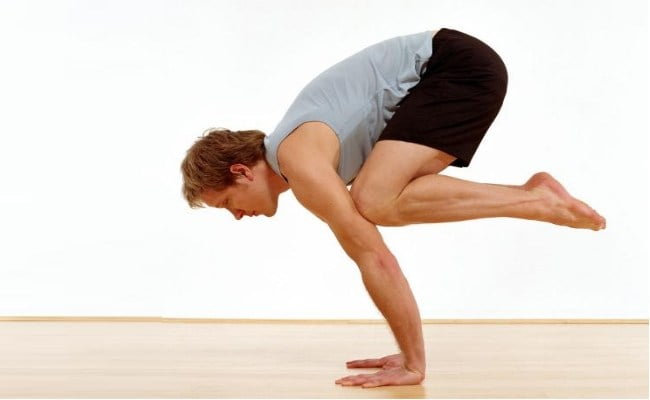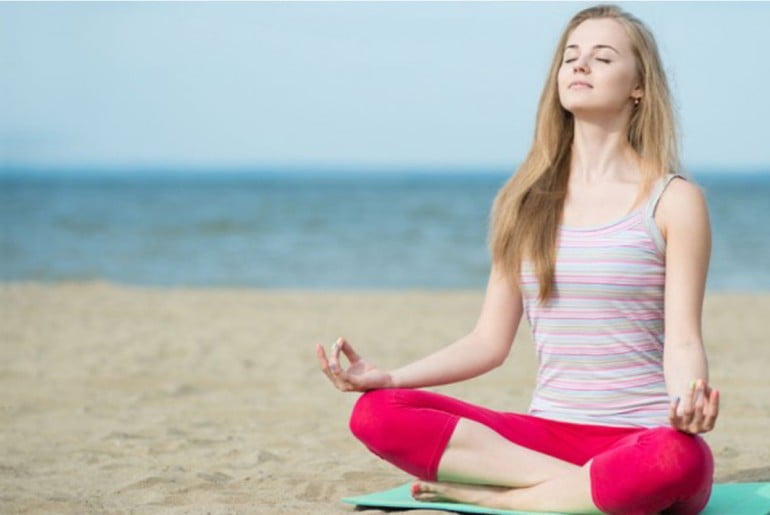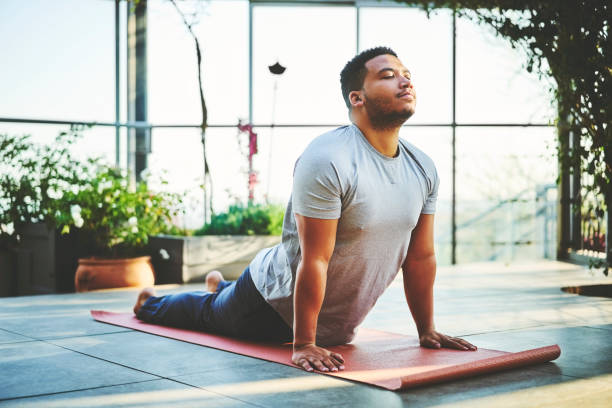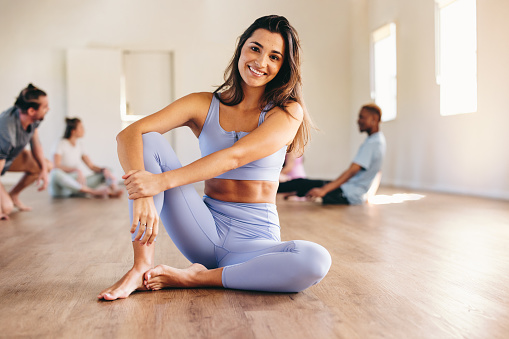
Type 2 diabetes is a growing global health concern, affecting millions of people across all age groups. While medications and dietary changes are standard approaches to managing the condition, an increasing number of individuals are exploring holistic practices like yoga to support their well-being.
This story explores the journey of Mr. Rajiv Mehra, a 52-year-old IT consultant living with Type 2 diabetes, who turned to yoga after struggling with medication side effects and lifestyle challenges. Over six months, Mr. Mehra experienced transformative improvements in his blood sugar levels, energy, and overall health—all through a consistent, medically guided yoga routine.
His story highlights the power of integrative wellness, showing how traditional practices like yoga can complement modern medicine to create a balanced and sustainable approach to chronic disease management.

Patient: Mr. Rajiv Mehra
Age: 52
Condition: Type 2 Diabetes Mellitus
Location: Bangalore, India
Profession: IT Consultant
Lifestyle (Before Yoga): Sedentary, high-stress, irregular diet, minimal exercise
HbA1c (Initial): 8.4%
Duration of Yoga Practice: 6 months
Yoga Frequency: 5 days a week, 45–60 minutes per session
Table of Contents
Background:
Mr. Rajiv Mehra was diagnosed with Type 2 diabetes three years ago. He was prescribed oral hypoglycemic agents (Metformin and Glimepiride) and was advised to manage his condition with diet and regular exercise.
Despite medication, his HbA1c levels remained above 8%, and he complained of:
- Chronic fatigue
- Poor sleep
- Mood swings
- Mild neuropathy (tingling in feet)
- Occasional episodes of dizziness due to fluctuating sugar levels

Turning Point: Exploring Yoga
After attending a wellness seminar, Mr. Mehra learned about yoga’s potential benefits in diabetes management. Encouraged by his doctor and a certified yoga therapist, he committed to a 6-month yoga program, combining asanas, pranayama (breathwork), and guided meditation.
The Yoga Program:
1. Asanas (Yoga Poses) – to stimulate insulin-producing organs
Performed slowly with focus on breath and body awareness:
| Pose | Benefit |
|---|---|
| Ardha Matsyendrasana (Seated Spinal Twist) | Stimulates pancreas |
| Dhanurasana (Bow Pose) | Activates abdominal organs |
| Bhujangasana (Cobra Pose) | Improves circulation and digestion |
| Pavanamuktasana (Wind-Relieving Pose) | Relieves bloating and improves gut health |
| Trikonasana (Triangle Pose) | Enhances flexibility and blood sugar balance |
2. Pranayama (Breathing Techniques) – to reduce stress and improve oxygenation
| Technique | Duration | Benefit |
|---|---|---|
| Nadi Shodhana (Alternate Nostril Breathing) | 10 min/day | Calms the nervous system |
| Bhramari (Humming Bee Breath) | 5 min/day | Reduces anxiety and improves focus |
| Kapalabhati (Skull-Shining Breath) | 5 min/day | Stimulates metabolism and energizes |
3. Meditation & Relaxation:
- Yoga Nidra (30 minutes once a week) for deep relaxation
- Mindfulness meditation for emotional balance and sugar-craving control
Progress Timeline:
Month 1:
- Improved sleep and digestion
- Reduced sugar cravings
- Slight drop in fasting blood sugar levels
Month 3:
- HbA1c reduced to 7.1%
- The medication dose was slightly reduced under the doctor’s supervision
- Reduced neuropathy symptoms
- Lost 4 kg of weight
Month 6:
- HbA1c dropped to 6.4%
- Energized mood and increased productivity
- Stopped Glimepiride (continued low-dose Metformin)
- Blood pressure and cholesterol also improved
- Practices yoga independently at home
Scientific Explanation:
Yoga helps with diabetes management through multiple mechanisms:
- Improves insulin sensitivity by reducing abdominal fat and stimulating pancreatic function
- Reduces cortisol (stress hormone), which is known to increase blood glucose levels
- Enhances parasympathetic activity, leading to better metabolic balance
- Supports better sleep and circadian rhythm, both crucial in managing diabetes
Key Takeaways:
- Yoga is a powerful adjunct therapy for Type 2 diabetes, especially when practiced regularly and mindfully.
- While it may not replace medication entirely, it can reduce dependence and prevent complications.
- Success requires consistency, personalization, and medical supervision.
- Benefits extend beyond blood sugar: better sleep, mood, weight control, and overall vitality.
Final Word:
Yoga isn’t a miracle cure, but for people like Mr. Mehra, it’s a life-transforming tool. By merging movement, breath, and mindfulness, yoga offers a holistic, sustainable path to better health even for those living with chronic conditions like diabetes.
Reference Articles:
- Therapeutic Role of Yoga in Type 2 Diabetes
- 11 Yoga asanas that will help you manage diabetes
- Top Yoga Poses for Diabetes to Control Blood Sugar Level
- Effect of Yoga on Blood Glucose Levels in Patients with Type 2 Diabetes Mellitus




